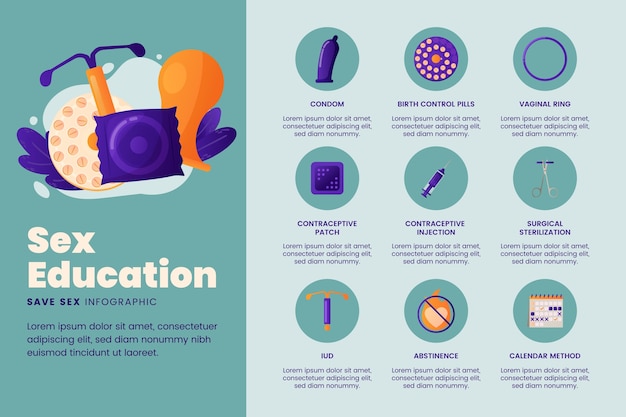
Sexually transmitted diseases (STDs), also known as sexually transmitted infections (STIs), manifest in different ways depending on the specific infection. Some STDs have clear and noticeable signs, while others are asymptomatic, meaning people might not even know they’re infected. Additionally, some STDs can present symptoms similar to other common illnesses, like the flu, which can be confusing.
This article discusses the symptoms of various STDs. If you notice several symptoms of an STD or think you might have been exposed to one, it’s a good idea to get tested. There are online STD testing services available for all common STDs. Getting tested protects both your health and your partner’s health. Untreated STDs can make you more susceptible to other infections and lead to other health issues.
**Chlamydia Symptoms**
Chlamydia is the most common bacterial STI in the US and is spread through anal, vaginal, or oral sex. It affects the moist areas of the body like the throat, eyelids, penis, vagina, and anus. Often, people don’t realize they have chlamydia because the symptoms are mild or absent. When symptoms do appear, it’s typically one to three weeks after exposure. Common symptoms include:
– Unusual discharge from the penis or vagina
– Pain during urination
– Rectal pain, discharge, or bleeding
– Inflamed eye
**Gonorrhea Symptoms**
Gonorrhea is another bacterial infection spread through oral, vaginal, or anal sex. It infects the moist mucous areas of the reproductive system. For women, this includes the cervix, uterus, fallopian tubes, and urethra; for men, the urethra. Both men and women can also get infected in the mouth, throat, eyes, and anus. Symptoms usually appear about 10 days after exposure and may include:
– Yellowish discharge from the penis or vagina
– Painful urination
– Genital itching or irritation
– Rectal pain, discharge, or bleeding
**Herpes Simplex Virus (HSV) Symptoms**
HSV is a highly contagious virus causing oral and genital herpes. HSV-1, or oral herpes, is spread through kissing or oral sex with an open sore, while HSV-2, or genital herpes, is spread through skin-to-skin contact. Both can be symptomless. When symptoms do occur, small, painful blisters typically appear four to six weeks after exposure. HSV-1 symptoms include:
– Itchy mouth and lips
– Fever
– Headache
– Body aches
– Swollen glands in the neck, armpit, or groin
For HSV-2, common symptoms include:
– Fever
– Headache
– Fatigue
– Body aches
– Swollen lymph nodes
**Hepatitis Symptoms**
Hepatitis A, B, and C are infections that cause liver inflammation. Hepatitis A (HAV) is spread through ingesting contaminated fecal matter, often through oral-anal contact. Symptoms appear two to six weeks after exposure. Hepatitis B (HBV) is usually spread through contact with infected blood or bodily fluids, often via unprotected sex or shared needles, with symptoms appearing about three months post-exposure. Hepatitis C (HCV) is spread through blood contact, mostly by sharing needles, and symptoms appear six to seven weeks after infection. Common symptoms for all three types include:
– Flu-like symptoms (fever, fatigue, loss of appetite, nausea, vomiting)
– Abdominal pain
– Dark urine
– Pale stools
– Jaundice (yellow skin or eyes)
**Syphilis Symptoms**
Syphilis is a bacterial infection spread through contact with a syphilis sore during unprotected sex. A painless sore (chancre) usually appears in the mouth or genital area about 10 to 90 days after infection, often going unnoticed because of its small size. After the initial sore, secondary symptoms include:
– Swollen lymph nodes
– Sore throat
– Headache
– Fatigue
– Rashes on hands and feet
If untreated, these symptoms can disappear, but the infection remains. Advanced syphilis can cause severe internal damage and death.
**HIV Symptoms**
HIV attacks the immune system, making the body vulnerable to infections and diseases. It spreads through blood and bodily fluids, typically during unprotected sex or shared needles. HIV symptoms might not appear for several years, but early signs similar to the flu can show up four to eight weeks after infection, including:
– Swollen lymph nodes
– Fever
– Diarrhea
– Headache
– Muscle aches
– Nausea
– Vomiting
– Sore throat
– Rash on the abdomen, arms, legs, and face
After the initial symptoms subside, HIV remains in the body and, if unchecked, can progress to AIDS.
Make sure to check your partner’s health status, practice safe sex, and get regular STD tests to maintain your sexual health.